Last autumn, Suprainfinit Gallery launched a broader series of events titled “Becoming After Ruin”. It addresses the ideas of ruin and, by extension, reconstruction and preservation, not only in relation to built heritage but also to natural heritage, against the backdrop of the war at Europe’s periphery. As part of “Becoming After Ruin”, a double-bill exhibition was proposed, featuring Ukrainian artists Daria Koltsova and Vitaly Yankovy. They were invited to participate in two separate exhibitions within the gallery’s display spaces: one in the main area and one in the showcase facing Strada Plantelor. Thus, they became part of “In the splendour of the fallen suns” and “Home is where the haunt is/the haunt is in the landscape”. The two presences converge around a notion of “home”, yet they set off and continue in separate directions: the familiar space, homeland, nature, agricultural land, on one hand, and on the other, the search for a temporary refuge, a space that at times mimics nature and which, as the artist suggests, unfolds in unexpected directions.
The exhibition “In the splendour of the fallen suns” by Daria Koltsova is a celebration of nature and a hope that Ukrainian nature will eventually recover from the ecocide triggered by the war that began in 2022. The artist had her grandfather in mind, a geneticist and agronomist who fell victim to Stalinist oppression instigated by Trofim Lîsenko, who banned genetics as a bourgeois science and led to the execution or exile to the gulag of over 3,000 biologists. Because he was unable to continue his career as a geneticist, he worked as an agronomist and secretly tried to help people during times of famine. The wheat ears in the exhibition are linked to stories from World War II, when the refugee family traversed wheat fields. “This image belongs to a person who covers great distances, and this intimate relationship with the land is the emotional foundation of the project. It’s almost like a spiritual journey, because you’re alone with your thoughts and you can’t quite put it into words”, the artist explains.
Inspired by this journey through the Ukrainian landscape during wartime, Koltsova works with a stained glass piece depicting a landscape from the Soviet era. If you look at the work that bears the title of the exhibition, “In the Splendour of the Fallen Sun”, you can see the sun above what could be interpreted as a field of fluttering flags, accessible only after passing through a “portal”. The initial work consisted of a landscape filled with numerous flags, their meaning now erased. The initial piece featured a soldier at its center and was an example of Soviet propaganda art, which, through its medium and ethos, also recalls Western religious art. The artist starts from something found within propaganda art in order to tell personal stories, and the invitation extended to the viewer to pass through the work also carries an invitation to become part of it. In place of the soldier, the Soviet hero, who in some works is transformed into a cosmonaut, now stands as the ordinary participant. The propagandistic meaning is removed, leaving no room for any kind of pedestal, not even a metaphorical one. Once inside the work, the visitor is not only surrounded by the landscape but also takes the place of the soldier from the original piece. “I wanted to create this immersive experience where you enter a space filled with color, one that has a distinct personality and emotion, where you feel the openness of an endless field, where you dissolve into the surroundings and become part of them,” Koltsova further explains. The work extends into the rest of the gallery, the reflection of the stained glass imprints itself onto the walls like a “symbolic field”, tinting them with the colors of the landscape that the Ukrainian artist envisions.
The exhibition also features two other sculpture series with a commemorative value for the artist, titled Witness: the sunflowers and the wheat ears columns, inspired by images of Ukrainian fields ravaged by bombings, now littered with anti-personnel mines, explosives, and toxic substances. The black sunflower-shaped sculptures draw from photographs of scorched sunflowers, an unharvestable crop, a kind of agricultural graveyard. These sculptures are made of black glass, a material that does not allow light to pass through, stripped of one of glass’s primary functions. However, it reflects its surroundings, recording what happens around it, yet unable to fulfill its intended role completely. The earth remembers what happens to it, for better or worse. The sunflower petals are transformed into thorns, an aggressive gesture, but one that also references the metal grates people use to protect their homes. The wheat ear columns are made of concrete, a nod to the Brutalist style. The spikes, also crafted from the same glass, further emphasize the monumental and memorial aspects of the work, borrowing from Soviet artistic imagery.
On one wall, we can find a series of three identical “postcards”. These depict landscapes of Ukrainian farmland, synthesized through pieces of colored glass, a recurring theme in Koltsova’s work. She draws inspiration from the stylized representation of the national landscape found in the Ukrainian flag: the blue sky above the wheat field – blue and yellow. Postcards from Home starts from the moment when you are drawn to a place, when it takes on a special meaning, and you take a postcard to preserve its memory. These glass postcards extend the idea of taking a fragment of a place, one that the artist may call home, and keeping it with you, even after that place disappears or is transformed by war – the memory of the place can still be preserved. The series is an ongoing project, with different parts exhibited in various forms and locations, sometimes arranged like a postcard stand, other times enclosed in envelopes, all representing different Ukrainian landscapes. In this instance, the three “postcards” depict sunflower fields. Additionally, a singular piece displayed on the opposite side of the gallery represents a wheat field with a haystack.
For Koltsova, the journey through the exhibition is akin to memorizing a landscape or a field, recovered on a personal level and carried into familial or national history. A “postcard” of this landscape is something that can be shared with another.
In another room, Birds are suspended, minimalist pieces of blown glass without necks, dedicated to intellectuals, artists, and scientists who were oppressed, often not merely silenced or left to languish in frustration, but outright killed by Soviet power. This work is a tribute to those who were never able to realize the full potential of their work because the system subjugated them.
Vitaly Yankovy is interested in a particular type of landscape, the synthetic one. What the artist constructs is an undefined territory that can be home for a moment. He is drawn to a hybrid landscape, composed of ever-changing and eclectic materials, and seeks a shelter that can be called home, a place where one can temporarily escape from problems. The landscape he refers to is stripped of romanticism. The rendering, which occupies the entire wall of the showcase, creates a space of reverie, fully aware of its own utopia and its fragility in the face of political reality. Yankovy’s landscape allows for daydreaming while simultaneously deconstructing it. What he creates is a completely invented landscape, it does not depict something that exists. His tendency to move towards a fairy-tale-like or even dreamlike direction is recurrent in his other projects as well, such as when he created a series of drawings, Reflections in a Broken Mirror, inspired by Eastern European fairy-tale book illustrations. The artist seeks the cold sensation found in an artificial landscape, whether it is a CGI reconstruction from a video game, a museum diorama, or a site belonging to public space. His intervention begins as an encounter with the unknown, with something perceived as foreign, strange, or monstrous, from contact with an uncanny object. “It’s like when you see or hear something and try to connect it to another artistic experience, but the association isn’t the most precise,” the artist explains.
The space conceived by the artist might have remained uninterrupted if not for objects like the metal piece named Marius, which disrupts the reverie. The metal sculpture created with the help of Albert Kaan is inserted into the exhibition, the frame of a chair that represents the circulation of mass-produced goods that become almost biomorphic and populate the landscape. These materials and intersecting media blur the boundary between what is real and what is simulated. The intended effect is that, from a distance, you cannot tell what kind of “matter” you’re looking at, whether it is a real object or a rendering. “It’s important to realize what we can still believe when we use so many digital tools to view images, to capture images, and to select what interests us in a landscape,” Yankovy adds. This object, located at the end of the production circuit and already disassembled from the larger object of which it was a part of, lives its own life. The object resembles an ordinary example of industrial design, yet it could just as well be interpreted as having an archaic component. In the exhibited landscape, we might just as well find excavations for raw materials, but in reality, when we “step” into this territory, we discover that it has its own strange life, itself the product of human industrial activity. The interpretation is open-ended because Yankovy wants to speak about the experience of encountering something odd within something somewhat familiar. The personal interpretation comes when you combine what you see with past experiences, your education, your references, etc. “That’s the moment that interests me, the immediate interpretation following the moment of encounter,” Vitaly explains.
In the showcase, a video titled An island, a tent, a haunt is also presented, underlining the illusory aspect of the reverie the artist refers to. The video features dioramas from the Antipa Museum and continues the reflection on constructed environments that make use of vegetation, be it artificial or genuine plants. The artist meditates on constructed spaces that employ the natural or its imitation to form another kind of space, as is the case with public squares and “little parks.”
The sign “NOWHERE,” despite its obvious meaning (which both constructs and deconstructs the exhibited landscape), serves to connect the intervention to the gallery’s surroundings, as the font is the same as that of the neon sign at the Izvorul Rece restaurant. In Yankovy’s work, one can observe a tendency to build a concept without fully articulating it, always leaving room for the viewer’s speculations. He subtly inserts concepts that do not dominate the work but rather leave a “margin” in which the viewer can contradict them, thus allowing for new interpretations. In home is where the haunt is/ the haunt is in the landscape, the nomad is at the center, whose home is wherever he is, not tied to any specific place, but to the present moment, a stateless person whose existence is beyond commodification or capitalization.
On the 5th and 19th of October 5, building upon the exhibition, Vitaly organized collective walks as an extension of his concerns regarding the public. The walks took place through verdant spaces and small squares near Suprainfinit Gallery, which were urbanistically designed to bring people together around patches of greenery. Through the artist’s perceptual filter, these spaces function beyond their intended purpose. One such place is the small Mântuleasa Park, located in front of the gallery, a space designed for brief pauses, but not for lingering too long. Overrun with pigeons and difficult to access, it sits on a raised platform that people often climb onto, featuring a bust (of Mircea Eliade), a space that functions in a rather peculiar way. A human-made landscape, filled with pigeons and trees, which through their shapes create a strange sensation when mediated by the artist’s presence. The common thread between these spaces and the dioramas from the Antipa Museum, featured in the video, is an interest in fabricated landscapes. The spaces visited during Vitaly’s tour share a certain logic, a planned environment that also allows for chaos, as well as the paradox of being designed for comfort while at times generating discomfort. The playground at Sf. Ștefan, for instance, with its fence and surrounding trees, creates a sense of shelter from the surrounding reality. The effects that a space has on those who frequent it cannot always be controlled.
Translated by Dragos Dogioiu
POSTED BY
Bogdan Balan
Bogdan Bălan is a cultural journalist, art critic and cultural worker. He has collaborated with Goethe-Institut, Savvy Contemporary, Scena9, among others....
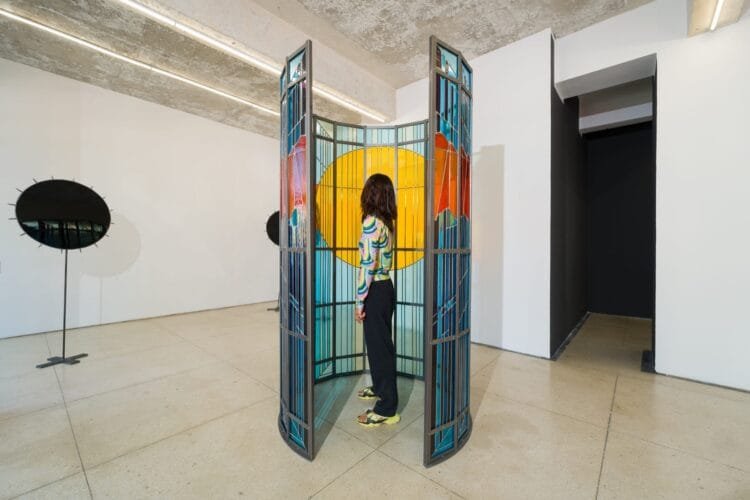
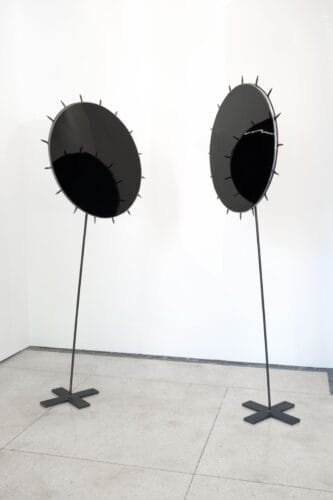
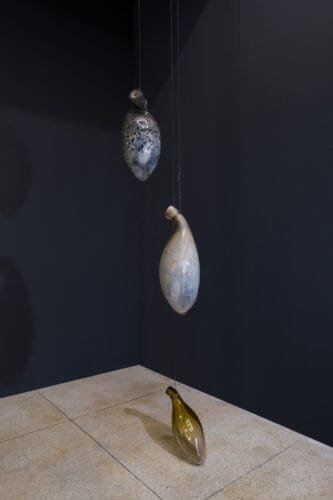
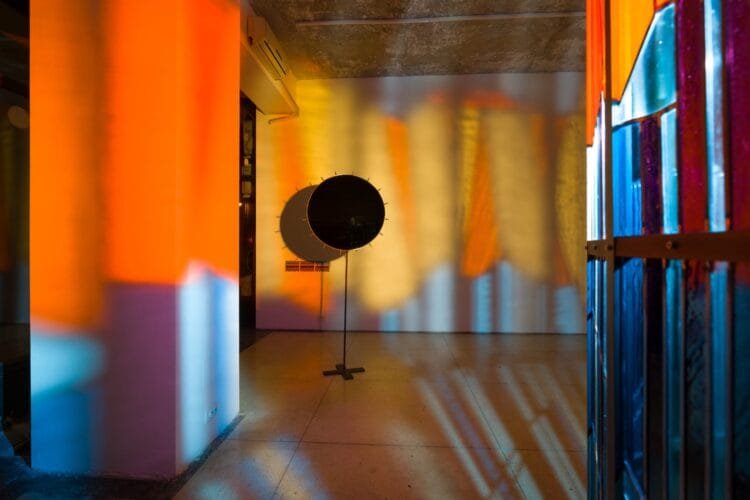
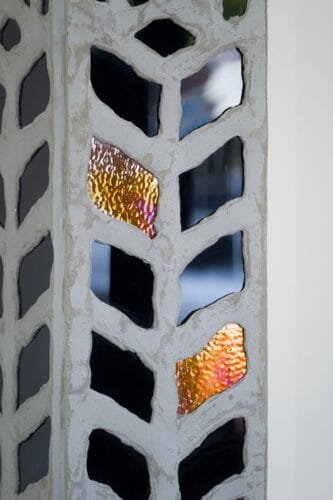
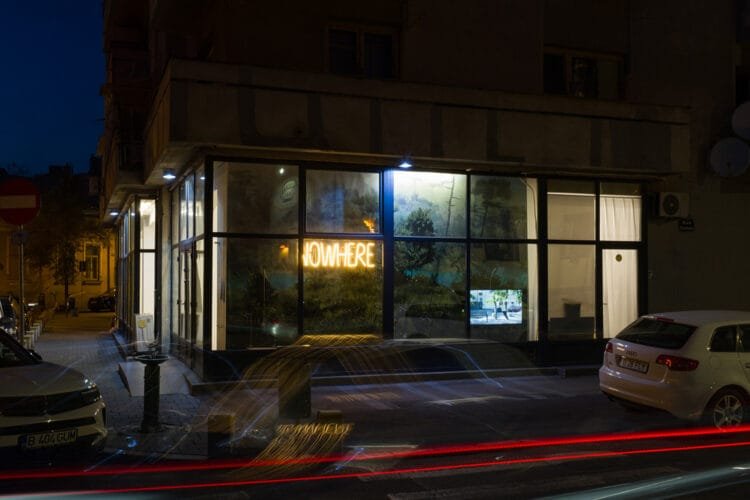
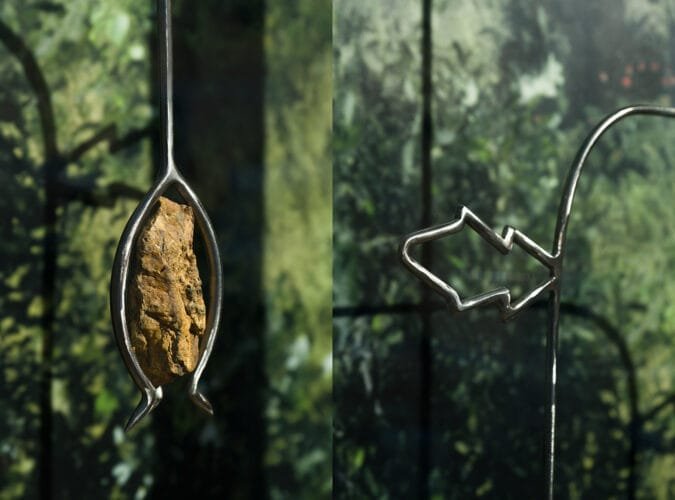
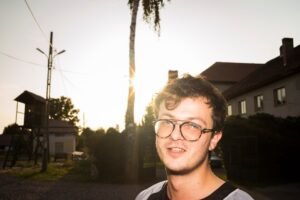
Comments are closed here.